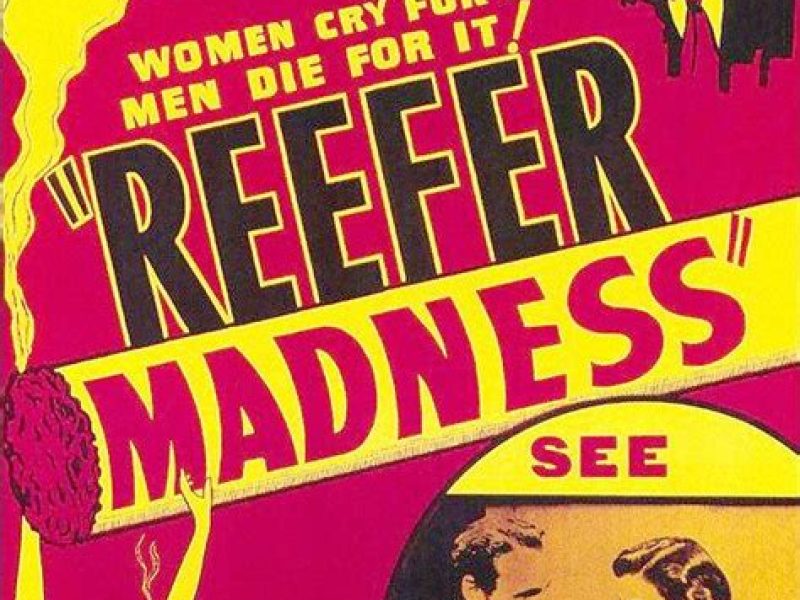Reefer Madness State Propaganda?
Reefer Madness is a term that encapsulates the hysterical fear and exaggerated perception of the dangers associated with marijuana use, particularly during the early 20th century. This phenomenon was largely propagated by a film titled “Reefer Madness,” which was released in 1936 under the more dramatic and sensationalistic title, “Tell Your Children.” This film, originally intended as a morality tale to warn parents about the supposed perils of cannabis, ended up becoming a cult classic and a symbol of the era’s anti-drug propaganda.
“Reefer Madness” is a cautionary melodrama that follows the tragic downfall of a group of young adults who become entangled in a web of addiction, crime, and moral decay after being introduced to marijuana. The plot is rife with over-the-top scenes, including users descending into madness, committing violent acts, and even succumbing to the temptations of jazz music, which was also controversial at the time. The film was produced by a church group aiming to spread the message of the dangers of cannabis and was later picked up by exploitation filmmakers who recognized its potential to entertain and shock audiences.
The film’s influence on society was significant as it served as a powerful tool in the campaign to criminalize marijuana. By portraying the drug as a gateway to a life of depravity and destruction, it helped to shape the public’s perception of cannabis, contributing to the enactment of strict anti-marijuana laws. In the 1930s, America was in the throes of the Great Depression, and there was a growing concern about moral decay and the perceived threat of foreign influences, particularly from Mexico, where cannabis was more commonly used. The film played on these fears, suggesting that marijuana would lead to the downfall of the youth and ultimately, the nation.
The depiction of marijuana in “Reefer Madness” was highly inaccurate and sensationalized, with the characters in the film smoking “reefers” that were depicted as far more potent and dangerous than the actual drug. This misinformation was instrumental in fueling the anti-drug sentiment that led to the passing of the Marijuana Tax Act of 1937, which effectively made cannabis illegal throughout the United States by imposing heavy taxes and severe penalties for its possession and sale.
Over time, “Reefer Madness” became a symbol of the broader cultural and political battle over marijuana. As attitudes towards the drug began to shift in the 1960s and beyond, the film’s ludicrous content became the subject of parody and ridicule. It gained a second life as a midnight movie staple, with audiences appreciating its unintentional humor and camp value. This shift in perception helped to challenge the longstanding stigma against marijuana and played a role in the eventual push for its decriminalization and legalization.
Today, “Reefer Madness” is often cited as an example of the lengths to which anti-drug campaigns would go to vilify substances, using fear and misinformation to control public behavior. It serves as a reminder of the power of media in shaping societal attitudes and the importance of critical thinking when it comes to drug policy. The film’s legacy is a complex tapestry of societal impact, contributing to both the severe criminalization of cannabis and, ironically, the eventual push-back against such stringent policies. It stands as a testament to how public perception can be manipulated and how the pendulum of societal norms can swing from one extreme to another over time.



